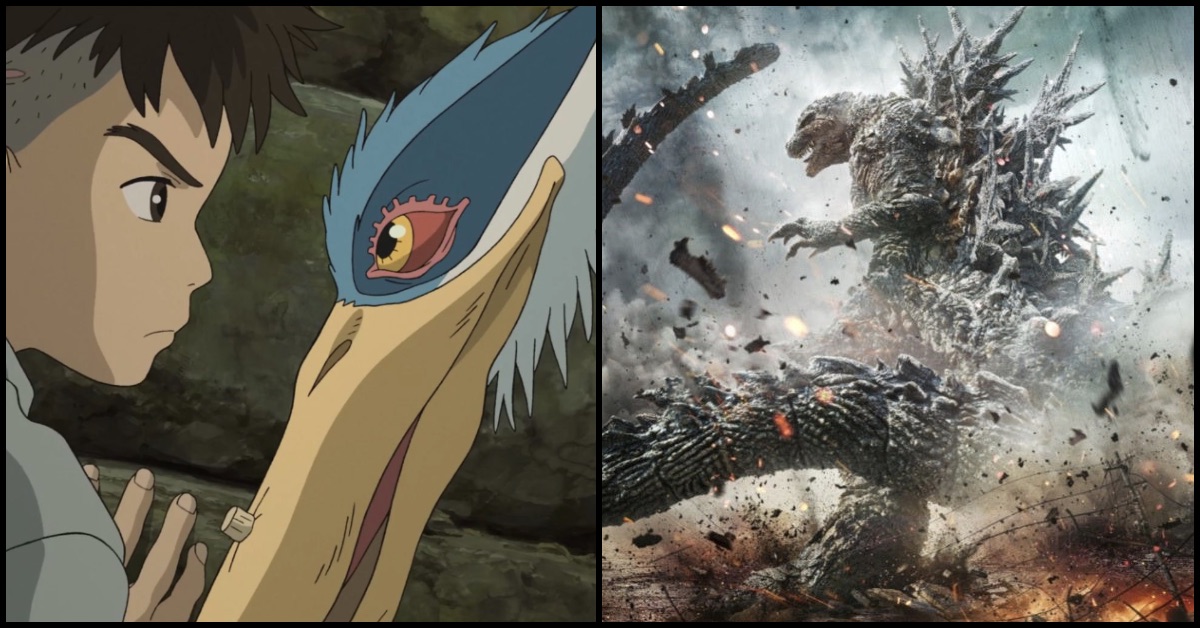
Film journalist Brendan Hodges points out on Twitter that Japanese movies Godzilla Minus One — a Toho reboot of the most famous kaiju — and The Boy and the Heron — director Hayao Miyazaki’s final film, from legendary Studio Ghibli — have become two of the highest grossing foreign-language movies of all time in North America. (I’ll note that both films are still newish in cinemas and will continue to add to their takings.) He believes any possible new mainstream openness to foreign films has been brewing for a while, as indicated by the successes of 2019’s Parasite, the first non-English-language film to win the Academy Award for Best Picture, and Netflix series Squid Game, both out of South Korea; and the huge popularity of Japanese anime series in the US.
(One of the replies to Hodges’s tweet notes that Heron is available theatrically in dubbed as well as subtitled versions, and box-office numbers are not broken down between the two, so it’s tough to know how much of its success is actually via the original-language version.)
Now, I’m old enough to remember that back in 2000, even though Crouching Tiger, Hidden Dragon — a joint Taiwan/China/Hong Kong/US production — was a hit, enough moviegoers were getting annoyed by having to read subtitles that multiplexes had signs at the ticket counter alerting people that the film wasn’t in English. But that’s a generation ago.
Are American audiences getting more comfortable with subtitled films?
Apparently lots of Americans (and likely other people around the planet) are watching everything with subtitles on, even shows and movies in English, for a variety of reasons. Could that be a contributing factor?
(You can also discuss this at Substack or Patreon, if you prefer. You don’t need to be a paying subscriber to comment, but you will need to register with either site to do so.)




















I’ve always been around people who preferred subs to dubs—but it may well be that that’s the sort of person I tend to hang out with. Also, as an English person I find an American dub just as foreign-sounding as a Cantonese original.
I wonder whether this greater acceptability (if it exists) is correlated with the increasing tendency to use subtitles anyway, given modern sound mixing making dialogue muddy; that’s another thing that lots of people I know are doing, across all age ranges.